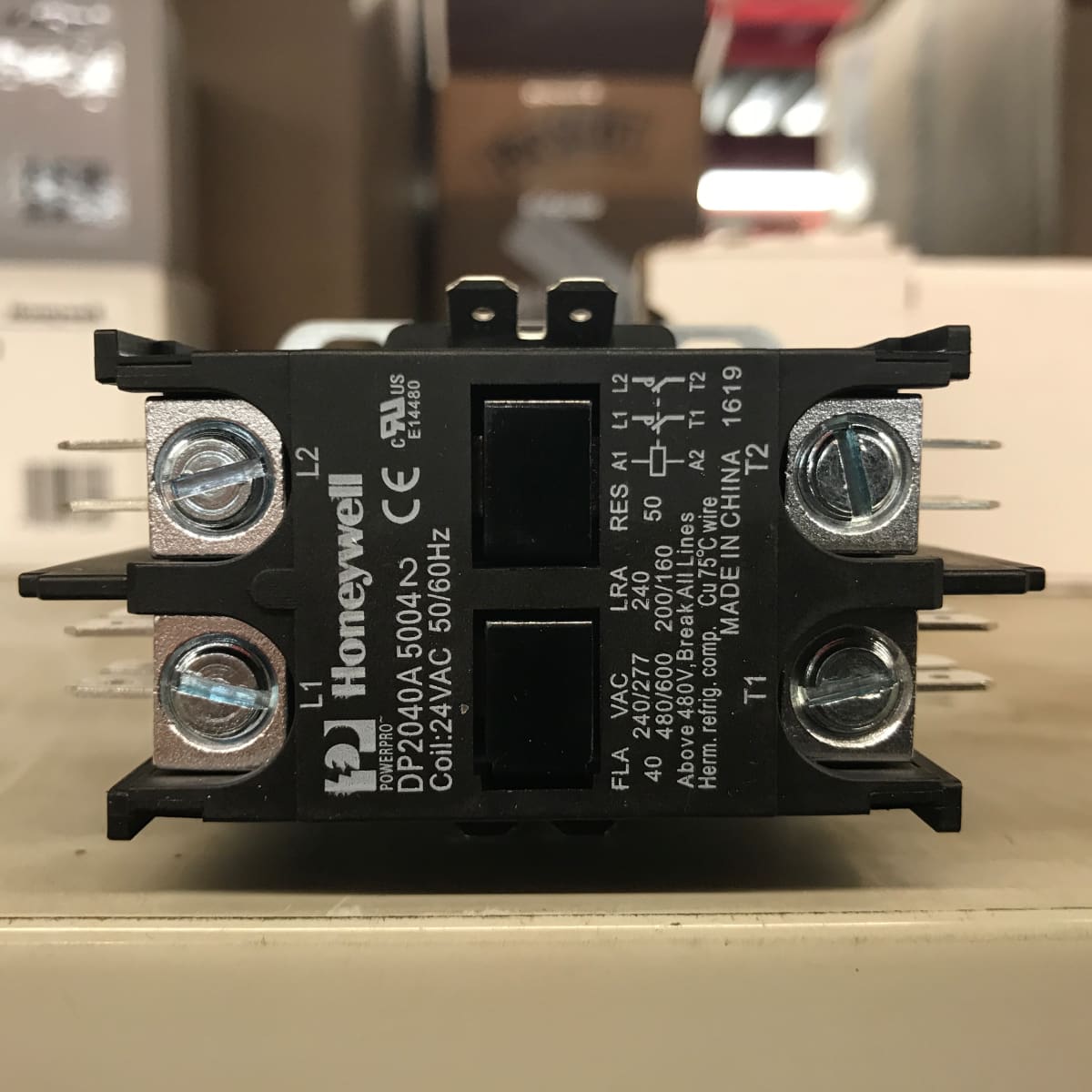The HVAC industry has a lot of acronyms and abbreviations. LRA is one of them and it stands for “locked rotor amperage”. It’s the current draw of an electric motor when the rotor is locked and not turning.
It’s used to determine the starting current of a motor.
The acronym LRA stands for “leakage rate of air.” It’s a measure of how much air is leaking out of your HVAC system. The higher the LRA, the more air is escaping and the less efficient your system is.
HVAC AC Compressor Locked Up ( LRA )
What causes high LRA?
There are many potential causes of high levels of LRA in the body. LRA is a byproduct of various metabolic processes, and as such, its levels can be affected by many different factors. For example, high levels of LRA have been linked to high levels of stress, as well as to certain medical conditions such as kidney disease and heart failure.
Additionally, certain medications, such as those used to treat high blood pressure, can also lead to high LRA levels.
How do you calculate LRA on a compressor?
If you need to calculate the LRA on a compressor, there are a few things you need to know. The LRA is the Locked Rotor Amperage and is a key specification when sizing a motor for a particular application. In order to calculate the LRA, you need to know the FLA (Full Load Amperage) rating of the motor and the service factor (SF) of the motor.
The formula for calculating the LRA is:LRA = FLA x SFFor example, if you have a motor with a FLA of 10 amps and a SF of 1.15, the LRA would be:
LRA = 10 amps x 1.15LRA = 11.5 ampsKeep in mind that the LRA is always greater than the FLA, so make sure you use the appropriate formula when sizing a motor for your application.
What does RLA mean in HVAC?
In the HVAC industry, RLA is an acronym that stands for “Refrigerant Leakage Allowance.” It’s a number that’s assigned to each type of refrigerant, and it’s used to determine how much of that refrigerant can be leaked before it needs to be replaced.For example, the RLA for R-22 (freon) is 20%.
That means that, if you have a pound of R-22 refrigerant in your system, you can lose up to 0.20 pounds of it before you need to add more.RLAs are important because they help HVAC technicians and engineers to determine how often a system needs to be serviced, and how much refrigerant needs to be added during those services.If an HVAC system is leaking more refrigerant than its RLA allows, it’s a sign that the system isn’t being maintained properly.
In some cases, an RLA can be increased if the system is regularly serviced and the leaks are repaired.If you’re not sure what the RLA is for your refrigerant, you can usually find it on the manufacturer’s website or in the owner’s manual.
What causes compressor to LRA?
The answer to this question is two-fold. First, let’s consider what LRA is. LRA is an acronym for Locked Rotor Amperage.
It is the amperage draw of an AC compressor when it is trying to start, but can’t because the rotor is locked. The second part of the answer has to do with the compressor itself. In order for an AC compressor to start, it needs 3-phase power.
If one of the phases is missing or not working properly, the compressor will try to start, but the rotor will be locked and it will draw a high amperage, causing the breaker to trip.

Credit: dengarden.com
What does fla stand for in hvac
FLA stands for “full load amps.” This is a rating that is used to determine the amount of current that a motor can draw without being overloaded. The FLA rating is usually written on the nameplate of the motor, and it is important to know this rating when sizing hvac equipment.
Compressor lra chart
When it comes to HVAC compressors, one of the most important things to consider is the LRA, or locked rotor amperage. This is the amount of current that a compressor will draw when it is first turned on, and it is a good indicator of the overall strength of the compressor. The higher the LRA, the more powerful the compressor will be.
One of the best ways to determine the LRA of a compressor is to consult the compressor LRA chart. This chart will list the various types of compressors and their respective LRAs. By looking at this chart, you will be able to find the compressor that best suits your needs.
If you are in the market for a new compressor, be sure to consult the compressor LRA chart before making your purchase. This chart will help you find the compressor that is right for you.
How to check rla on compressor
If you’re like most people, you probably don’t think much about your air conditioner or heat pump’s compressor. But this hardworking component is one of the most important parts of your HVAC system, so it’s important to know how to check the compressor for proper operation.The compressor is responsible for circulating refrigerant throughout your HVAC system.
In order for your system to function properly, the compressor must be able to maintain the proper pressure and temperature of the refrigerant.There are a few things you can do to check the compressor for proper operation. First, make sure that the compressor is properly lubricated.
The compressor relies on a lubricant to keep it cool and prevent premature wear.If the compressor isn’t properly lubricated, it can overheat and fail. You can check the compressor’s lubricant level by looking at the sight glass on the side of the compressor.
If the sight glass is empty, or if the oil level is below the “full” line, you’ll need to add lubricant to the compressor.Next, check the compressor’s discharge temperature. The discharge temperature should be between 130 and 150 degrees Fahrenheit.
If the discharge temperature is too high, it can indicate that the compressor is overloading and may need to be replaced.Finally, check the compressor’s amperage draw. The amperage draw should be between 6 and 14 amps.
Conclusion
The blog post explains that LRA stands for locked rotor amperage, which is a measure of the current draw of an electric motor when it is not turning. This is important to know for HVAC applications because it can help to determine the size of the electrical service needed for the system.





